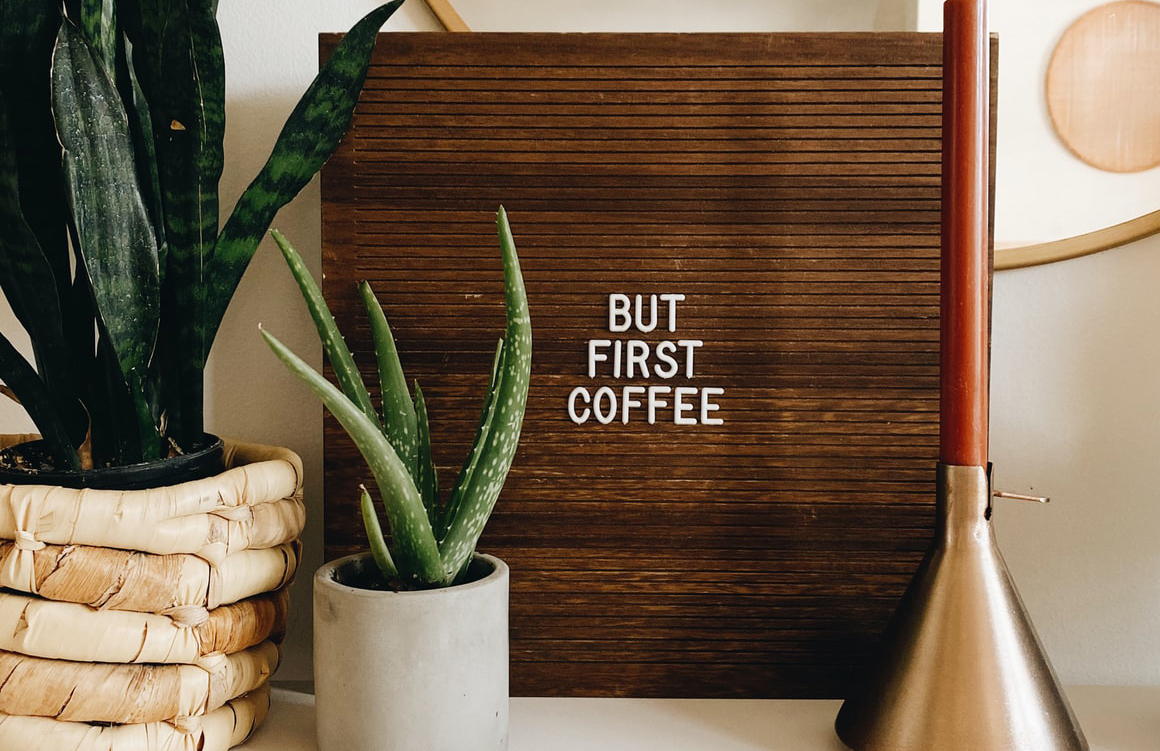We’re on board with a lot of design styles and decorating ideas, but here are five decorating trends that we’re not fans of—and that you should probably stay away from too.
Dried and faux florals

Points for trying, but too many fake and musty botanicals can suck the liveliness out of your home. Sure, you don’t have to tend to these, but the nice thing about fresh plants and flowers is that they’re ever-changing with an irreplaceable organic quality. Unless you’re willing to swap out your faux and dried plants often, you’ll get bored of these arrangements really quickly.
Jeanneret-style chairs

Stay away from this one, please. As beautiful as this chair is, we think it has hit peak saturation and is now a tired trend. Besides, unless you have deep pockets and good connections, getting an original is unlikely, and replicas may cheapen your home’s appeal and vitiate your hard work.
Wall mouldings

They look great and give your surfaces more dimension, but wall mouldings, chair rails, board and batten siding, shiplap and the like can look a little contrived in Singapore. Think twice before diving in as they are dust magnets, make it hard to place mirrors, art and furniture, and, if we’re being honest, totally put a timestamp on your place since everyone’s going to remember this Parisian-decor phase.
Slouchy silhouettes

The past two years had us all in a slump, which seems to have translated into furnishings and decor (think archways, cloud-like couches as well as wavy candles, mirrors and vases). They do soften spaces, but too many in a room can make your interiors look like a surreal melted mess. We’re ready for a bit more structure. Plus, as comfy as they look, overly fluffy beds and sofas are a pain to get out of and can cause plenty of body aches.
Signages

We know some people love signs and sayings, but seeing “Eat, laugh, love” every time you pass through your kitchen can get stale, fast. We shouldn’t get too stuffy about interiors, but we find that signages often get tacky too quickly and can feel fake, especially if written in a language you don’t understand. It pains us when we spot mistakes and it’s all easily avoidable!
This post was adapted from an article originally published in the February 2022 issue of SquareRooms.



